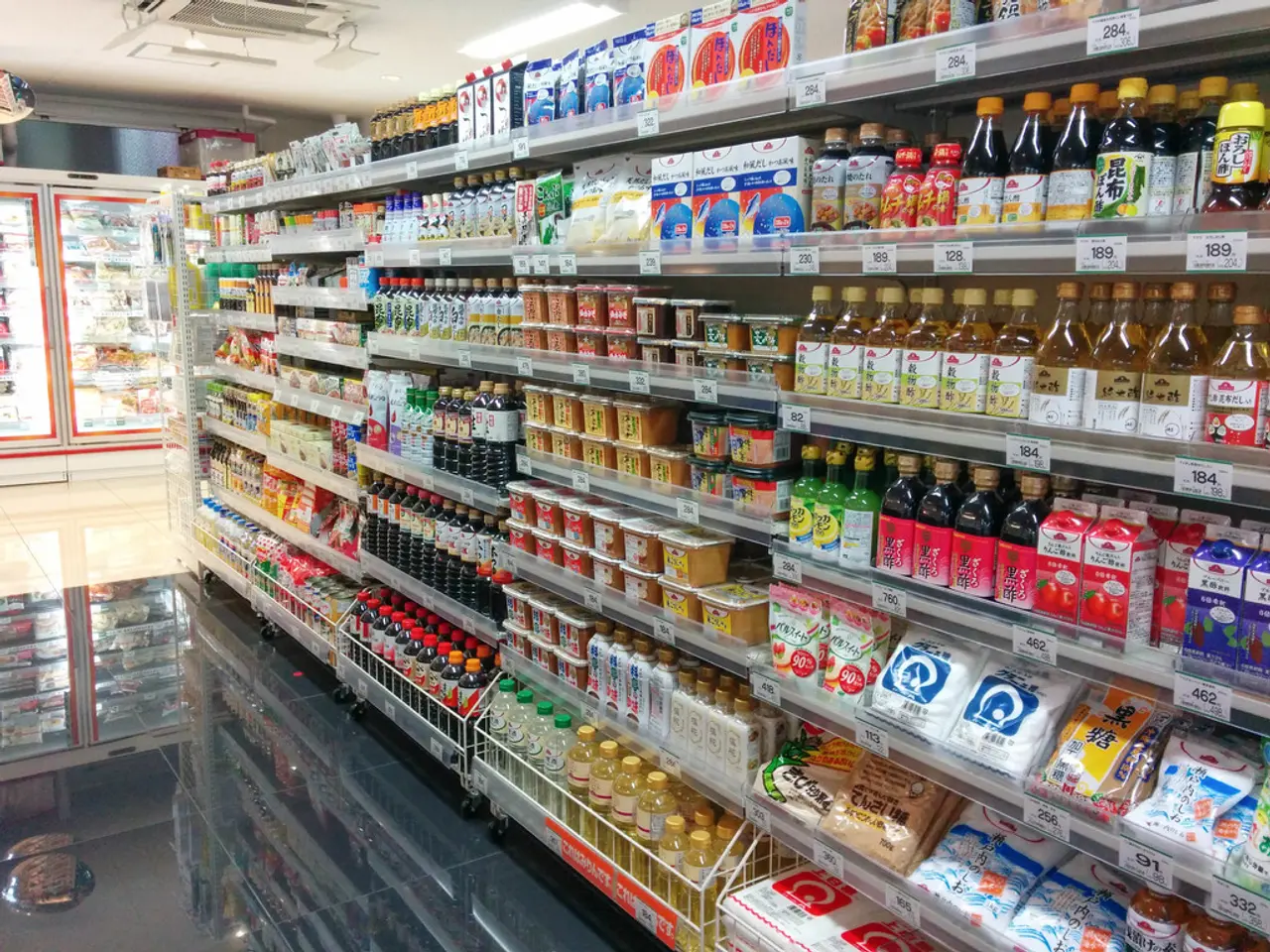Business Shutdown Announced | Trump's Import Taxes Imposed
U.S. Imposes Tariffs on Goods from 180 Countries: Impact on American Brands and Global Relations
In an extraordinary move designed to promote domestic manufacturing, the administration of President Donald Trump has implemented tariffs on goods imported from over 180 countries. The tariffs, which range from 10% to as high as 49%, have affected various industries and economies, stirring debates about their potential unintended consequences.
The World's Largest Importer Turns Back the Tide
On April 2, President Trump hailed the day as Liberation Day, anticipating a revival of American manufacturing. The promise, however, has been met with skepticism, as industries struggle to adapt to the new tariff regime. Under the guise of 'reciprocal tariffs,' roughly 180 countries are now subject to duties, with particularly high rates applied to countries like Vietnam (46%), Cambodia (49%), China (34%), and Taiwan (32%).
Simplifying the Tariff Calculation
The Office of the United States Trade Representative announced their rationale for the tariff rates, suggesting they were calculated based on the trade deficit in goods from 2024. By dividing the trade deficit by the total value of imports, the tariff rate was arrived at. For example, China's deficit was $291.9 billion, and total imports were $438.9 billion, resulting in a tariff rate of 34%. However, this method seems to overlook the promised detailed evaluation of trade barriers such as tariffs, non-tariff barriers, currency manipulation, and local regulations.
Impact on American Brands and Manufacturing
The imposition of tariffs has several potential implications for American brands and manufacturing. Higher production costs incurred due to tariffs could lead to higher prices, reduced competitiveness, and potential losses in market share [3][4]. Additionally, supply chain disruptions, delays, and increased logistical costs may affect both small and large businesses, impacting their ability to maintain efficient operations[1][3].
To mitigate these costs, some American brands may shift manufacturing to countries with lower tariff rates or favorable trade agreements, potentially leading to job losses in the U.S. [3][4]. Economic historian Adam Tooze suggests that countries with relatively poor economies, such as those in Southeast Asia and Africa, are subject to high tariff rates because they import few goods that are relevant to the U.S. [2]
The Risk of Unintended Consequences
Market volatility and consumer price increases are expected as companies pass on increased costs to consumers, potentially resulting in reduced consumer spending and slower economic growth [1][2]. A trade war could ensue as countries retaliate with their own tariffs, harming both American exporters and importers [2][3]. Economic uncertainty may deter investment as companies hesitate to invest in an environment with frequently altered trade rules.
Strained Global Trade Relations
The imposition of widespread tariffs can strain U.S. relations with trading partners, making it difficult to negotiate future trade agreements and potentially undermining U.S. credibility in international trade [1][2]. For instance, countries such as Vietnam and Cambodia, heavily reliant on exports, may face significant challenges due to U.S. tariffs, impacting their local economies and employment [3]. Similarly, African countries, where economic growth is often linked to trade with developed economies like the U.S., may experience similar challenges [3].
The possibilities of these unintended consequences lead many to question whether the tariffs will ultimately achieve their intended goals or contribute to a broader economic downturn.
- The tariffs, affecting various industries such as finance, politics, general-news, and the industry at large, may inadvertently yield unintended consequences, like market volatility and increased consumer prices.
- As other countries might retaliate with their own tariffs, straining global relations (politics), a potential trade war could harm American exporters and importers, thereby impacting the economy's stability and growth (finance).








